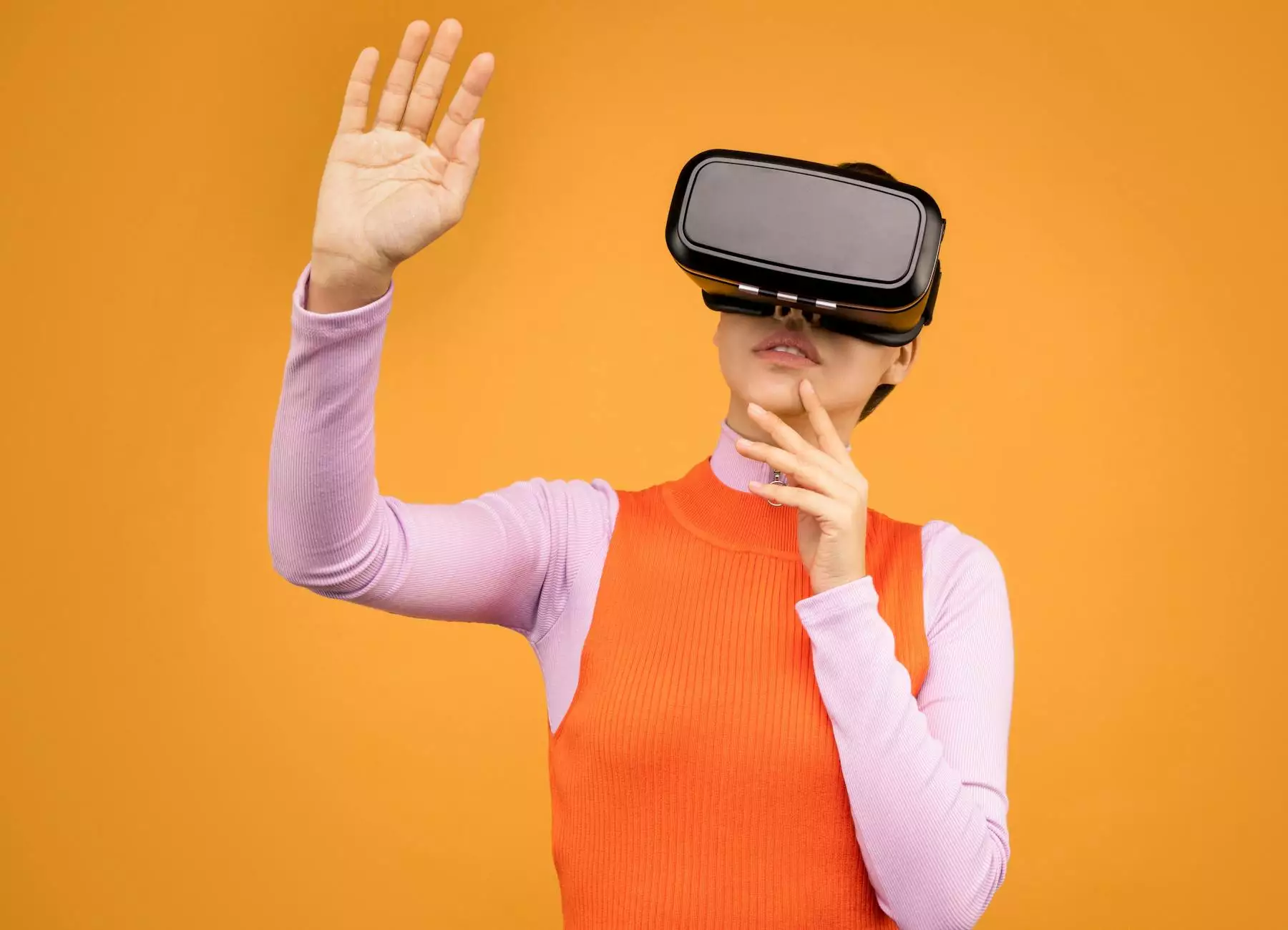Understanding the Primary Differences Between AR and VR

In recent years, the fields of Augmented Reality (AR) and Virtual Reality (VR) have evolved rapidly, transforming not only how we play games but also how we engage with the world around us. Both technologies are making significant strides in various sectors, including education and business, adding immense value and enhancing user experiences. But what is the primary difference between AR and VR? This article delves deep into the nuances between these two cutting-edge technologies so that learners, educators, and business professionals can gain a clearer understanding of their respective applications.
Defining Augmented Reality (AR)
Augmented Reality (AR) is a technology that overlays digital content and information onto the real world through devices like smartphones, tablets, and specialized AR glasses. Unlike VR, which immerses users in a completely virtual environment, AR enhances one’s perception of the real world by integrating informative or entertaining digital elements.
Key Characteristics of AR
- Real-World Interaction: AR allows users to interact with real objects while receiving digital information.
- Device Compatibility: Accessible on various devices, including smartphones and tablets, making it more readily available to the general public.
- Enhancements: Often used for educational purposes, AR can display additional information about real-world surroundings, such as showing historical facts about a location when viewed through a device.
Defining Virtual Reality (VR)
Virtual Reality (VR), on the other hand, is a fully immersive experience that simulates a completely virtual environment. Users typically wear VR headsets that project a 3D environment, making them feel as though they are physically present in another world. VR is primarily focused on immersion, blocking out the physical world to create a convincing alternative reality.
Key Characteristics of VR
- Immersive Experience: VR creates a sense of presence, where users can explore and interact within a 3D space, often used in gaming and simulation.
- Head-Mounted Displays: Requires specialized gear, such as VR headsets (like Oculus Rift or HTC Vive), to fully experience the virtual environment.
- Tools for Training: Utilized widely in education and professional training, VR provides simulated environments where users can practice skills without any real-world consequences.
Breaking Down the Key Differences
Now that we have defined both AR and VR, let’s discuss the primary differences in greater detail. Understanding these distinctions can help businesses and educators make informed decisions about which technology to adopt based on their specific needs.
1. Level of Immersion
The most obvious distinction lies in the level of immersion each technology offers. AR provides a layered experience that enhances the real world, while VR creates a completely separate environment that users can enter. This significant difference in immersion impacts how both technologies can be used.
2. User Experience
AR offers a user experience that combines the real and virtual worlds, allowing for an interactive experience while maintaining connection to the physical environment. Conversely, VR offers a unique experience that disconnects users from their surroundings, an aspect that can be beneficial in certain simulations but may also lead to feelings of disorientation.
3. Technological Requirements
AR is often more accessible as it can be deployed on mobile devices or tablets with cameras. Users can experience AR without any additional equipment. In comparison, VR typically requires specialized hardware, such as headsets and sometimes additional controllers to navigate the space, potentially creating barriers for some users.
4. Applications Across Sectors
Both AR and VR are applied across various sectors, but their utilizations can differ significantly.
AR Applications
- Education: Providing students with interactive learning materials, such as 3D models of the human body or historical events, enhances engagement and comprehension.
- Retail: Stores use AR to allow customers to visualize products in their own environment. For example, furniture retailers provide AR apps to see how a couch would look in a living room.
- Tourism: Travelers can access information about landmarks and attractions in real-time, enriching their exploration and learning experience.
VR Applications
- Professional Training: Industries such as healthcare utilize VR to train medical students in simulated environments to practice procedures and decision-making without risk.
- Gaming: Gaming companies exploit VR for immersive experiences, allowing players to feel as though they are part of the game world.
- Virtual Meetings: VR can facilitate remote teamwork by recreating the office environment, giving users the ability to interact as if they were in the same room.
The Future of AR and VR in Business
As both technologies continue to evolve, businesses must stay informed about their potential impact. Companies can leverage the unique benefits of both AR and VR to enhance customer engagement, streamline training processes, and create innovative marketing strategies.
Enhancing Customer Experience
Utilizing AR in marketing campaigns can captivate audiences with heightened engagement. For instance, a beauty brand might offer AR filters that allow users to try on makeup virtually before making a purchase. On the other hand, VR can provide incredible experiences through product demos and immersive storytelling.
Transforming Learning Environments
The educational sector can utilize these technologies to transform how knowledge is delivered. With AR, teachers can create interactive and engaging lessons while VR can immerse students in different cultures, historical events, or scientific phenomena.
Conclusion
In conclusion, understanding the nuances of AR and VR is essential for businesses and educators who wish to harness these technologies for growth and innovation. Whether it’s through enhanced real-world experiences with AR or immersive simulated environments with VR, the possibilities are endless. By recognizing what is the primary difference between AR and VR, stakeholders can make better-informed decisions tailored to their needs, thus leading to improved engagement, productivity, and ultimately success in their respective fields.
Frequently Asked Questions (FAQ)
1. Can AR and VR be used together?
Yes, blending AR and VR results in Mixed Reality (MR), allowing users to interact with both real and virtual elements, creating a richer experience.
2. Are AR and VR technologies expensive?
The costs can vary widely. AR is generally more accessible due to smartphone compatibility, while VR may require additional investment in hardware.
3. Which technology is more suitable for training?
It depends on the training objectives. VR is ideal for skills that require a high degree of simulation, while AR can be useful for real-time learning and enhancing physical tasks.



